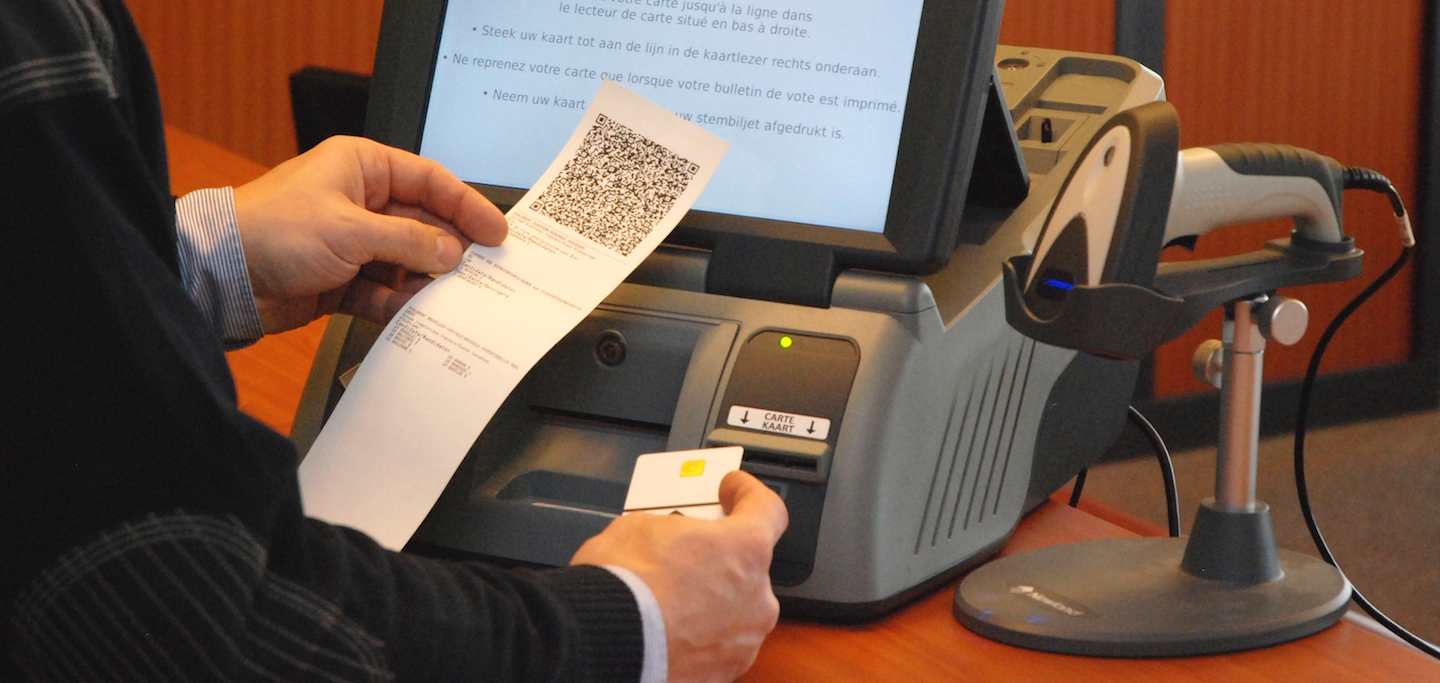PROPAGANDA: Jobless numbers released by government are statistically impossible
04/23/2024 / By Cassie B.

Initial claims for jobless benefits are one of the statistics that can be used to get a picture of the overall state of employment in the U.S., and, by extension, the American economy. However, the numbers the government has been giving us lately are raising a lot of eyebrows – and some experts even say they are statistically impossible.
You don’t need to be a mathematician to suspect something is amiss when the government reports that initial claims for jobless benefits were exactly the same for five out of the last six weeks. This cannot be a coincidence.
The figures were 212,000 for five out of the six weeks that have passed since mid-March, with the only exception being the week of Easter. In a $28 trillion economy with 160 million workers, a lot of things would have to line up perfectly to get the exact same number so many times.
As Jim Bianco of Bianco Research points out: “Initial claims for unemployment insurance are state programs, with 50 state rules, hundreds of offices and 50 websites to file. Weather, seasonality, holidays and economic vibrations drive the number of people filing claims from week to week. Yet this measure is so stable that it does not vary by even 1,000 applications a week.”
He added that the volume of applications that are filled out incorrectly each week alone should lead to more variation than what we are seeing.
In fact, it is so hard to swallow that even CNBC felt the need to point it out. In a piece with the headline “Something strange has been happening with jobless numbers lately,” Jeff Cox writes: “Calling the state of the U.S. jobs market these days stable seems like an understatement considering the latest data coming out of the Labor Department. That’s because most of the past several weeks have shown that first-time claims for unemployment benefits haven’t fluctuated at all — as in zero.”
Many people have speculated that the numbers are being outright invented, perhaps to make the economy look better than it is as Joe Biden tries to get reelected, while others say that looking at each state’s individual data may show some variation. A spokesperson for the Labor Department insists that it may be uncommon but is not impossible, saying that the streak “can be reasonably interpreted as an indication that there has been very little volatility in initial claims over this period relative to historical patterns, and that the seasonal adjustment factors are effectively removing seasonality from the aggregate figures reported by states.”
The idea that the numbers are being cooked is very unsettling when you consider the fact that Federal Reserve officials look at these numbers in their wider assessment of the American labor market at large.
How are the numbers staying the same with so many mass layoffs?
Besides being a statistical impossibility, the idea of the numbers remaining unchanged does not seem believable given that they come against the backdrop of mass layoffs at businesses throughout the nation. In March, the number of announced job cuts in the country was a full seven percent higher than the already-high levels seen in February. The executive coaching firm Challenger, Gray & Christmas noted that 90,309 job cuts were announced in March, which was the highest monthly total since last January, when 102,943 job cuts were seen.
How it is possible that such a huge volume of layoffs isn’t impacting initial jobless claims numbers? Everyone who is paying attention to this is having a hard time believing it, and this is only going to make the public even more skeptical of government figures moving forward.
Sources for this article include:
Submit a correction >>
Tagged Under:
big government, conspiracy, deception, disinfo, economic collpase, economic riot, economy, faked, finance riot, insanity, jobless numbers, jobs, lies, money supply, national debt, pensions, propaganda, rigged, risk, unemployment
This article may contain statements that reflect the opinion of the author
RECENT NEWS & ARTICLES
COPYRIGHT © 2017 RIGGED NEWS




















